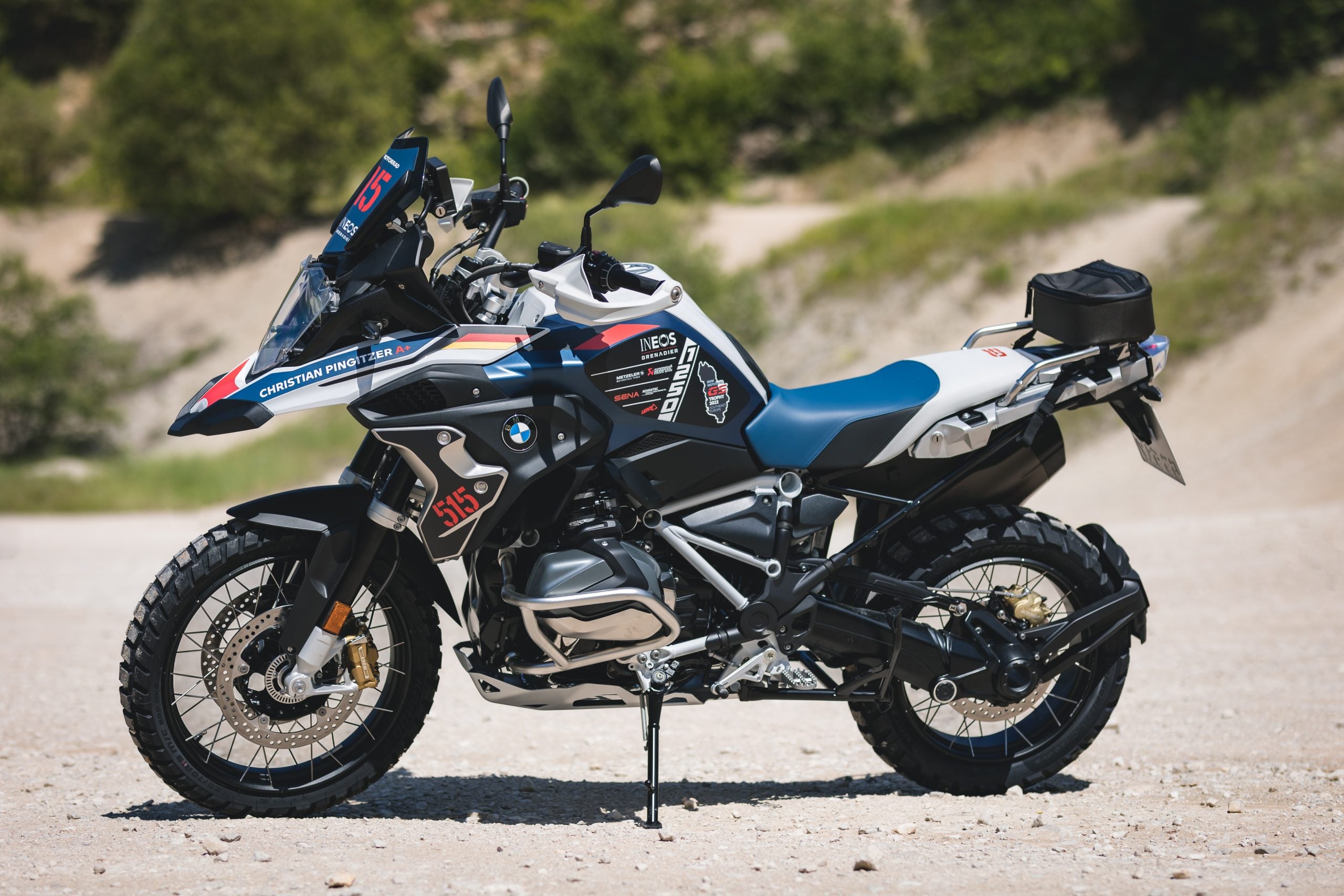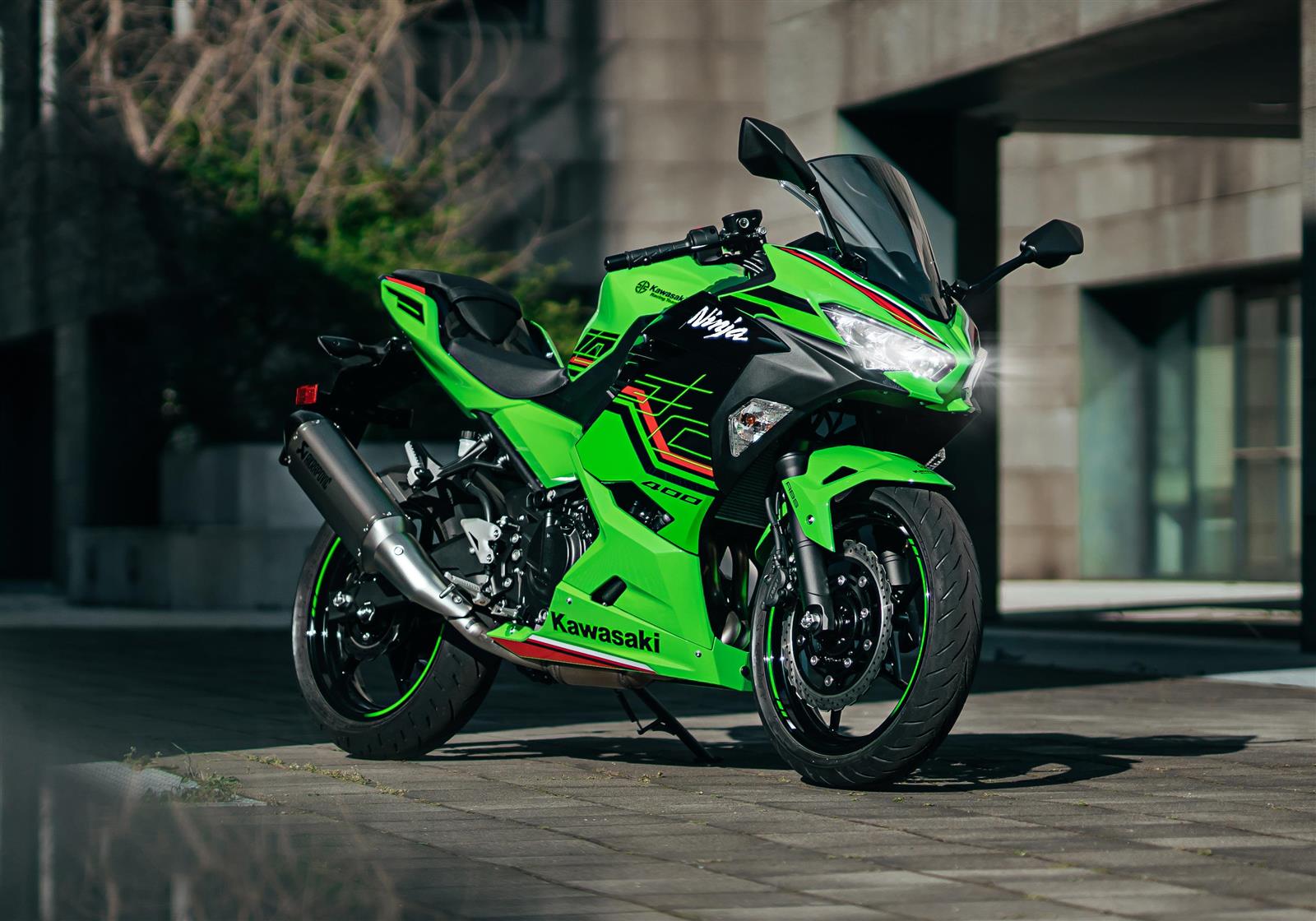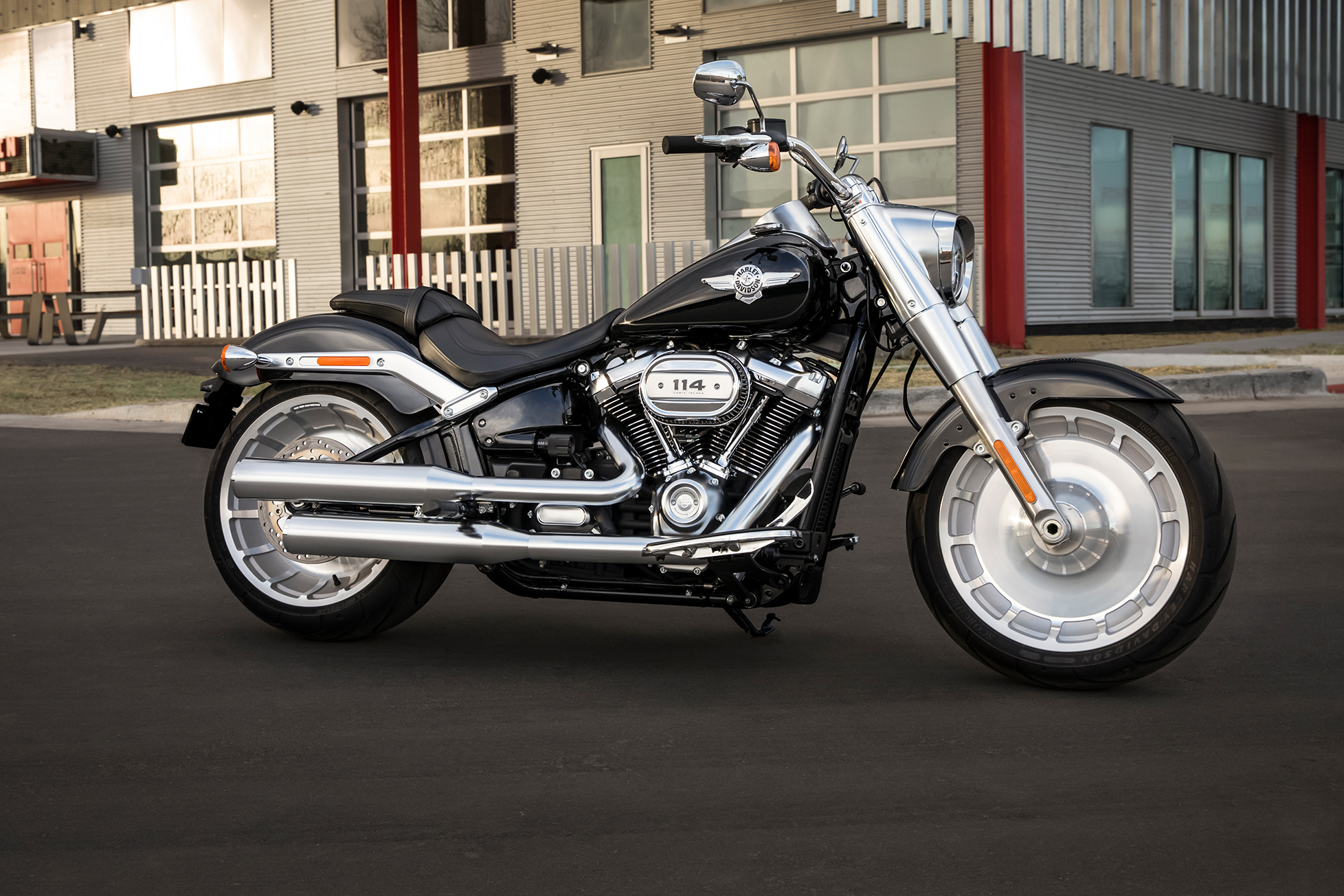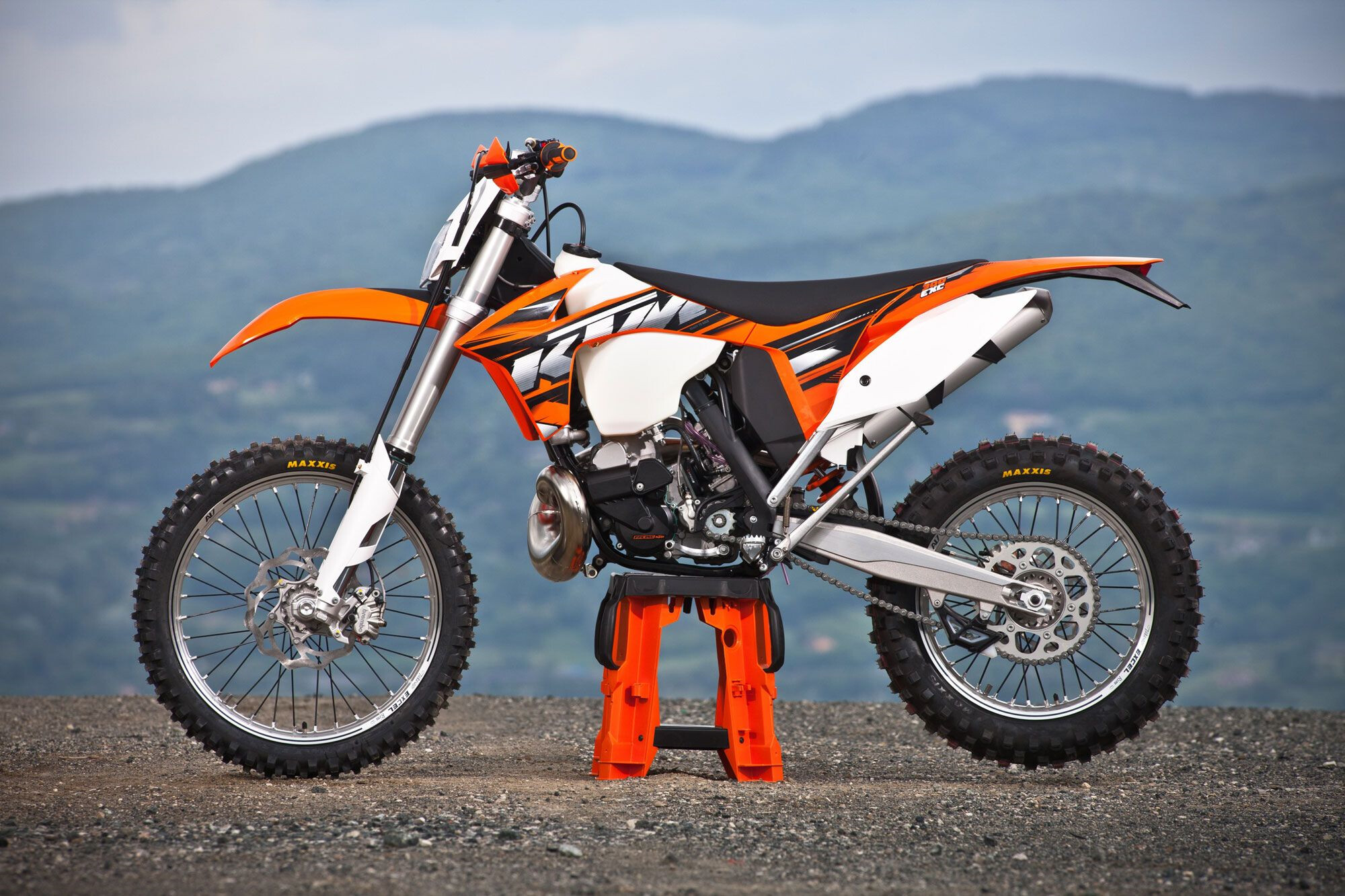The world of motorcycles is rich and colorful, and different types of motorcycles have their own unique characteristics, meeting the needs and preferences of different riders. Today, let’s take an in – depth look at the characteristics of several common types of motorcycles.
1. Scooter Motorcycles
- Appearance and Structure Features
- The distinctive feature of scooter motorcycles is their unique pedal – style design, without the traditional motorcycle frame structure. This design allows riders to place their feet naturally on the pedals while riding, making it convenient to get on and off the motorcycle, and the legroom is relatively comfortable. The overall body shape is relatively rounded and compact, with a stylish appearance. Some scooters also have a front storage compartment, which adds to their practicality.
- Power Performance
- The displacement range of scooter motorcycles is quite wide, ranging from the common 50cc to 150cc. For example, in a 50cc scooter, the engine power is usually around 3 – 5 horsepower, and the maximum speed is approximately 40 – 60 kilometers per hour, which is suitable for low – speed driving in narrow urban streets. For 125cc – 150cc scooters, the power can reach 8 – 12 horsepower, and the maximum speed can be 80 – 100 kilometers per hour, which can meet the commuting needs on urban expressways.
- Maneuverability and Comfort
- Due to the low – center – of – gravity design of scooters, they are very maneuverable, especially suitable for frequent starts, stops, and turns in urban traffic. The automatic transmission system (CVT) is a major advantage of scooters. Riders do not need to shift gears manually, and the operation is simple and convenient, so even beginners can easily control them. At the same time, the seats of scooters are usually wide and soft, providing good riding comfort, and riders are not easily fatigued even after long – time riding.
- Applicable Scenarios
- Scooter motorcycles are mainly suitable for urban commuting and short – distance travel. In the congested urban traffic environment, their small and flexible bodies can easily weave through cars. Moreover, the storage space of scooters is convenient for carrying some daily items, such as helmets and bags.
- Representative Models and Pictures
- Yamaha Jog – i 125
- This motorcycle has an engine displacement of 125cc, a maximum power of 6.1 kilowatts (about 8.3 horsepower), and a maximum torque of 9.7 N·m. Its curb weight is approximately 90 kilograms, and the seat height is 740 millimeters, which is very suitable for urban riding.

2. ADV (Adventure) Motorcycles
- Appearance and Structure Features
- ADV motorcycles have a tall and mighty appearance, with a relatively high body and wide and thick tires, giving a strong visual impact. The frame structure is sturdy to cope with complex road conditions. They are usually equipped with a large windshield, which can reduce wind resistance during long – distance riding and protect the rider. In addition, ADV motorcycles also have a relatively high ground clearance, generally around 200 – 250 millimeters, enabling them to easily cross small obstacles.
- Power Performance
- The displacement of ADV motorcycles is generally large, commonly ranging from 650cc to 1290cc. Take the BMW R1250 GS as an example. Its displacement is 1250cc, with a maximum power of 100 kilowatts (about 136 horsepower) and a maximum torque of 143 N·m. Such large – displacement engines can provide strong power and perform well on both flat roads and rough off – road sections.
- Maneuverability and Comfort
- In terms of maneuverability, the suspension system of ADV motorcycles is relatively complex and high – performance. The long – travel suspension can effectively filter out road bumps and ensure the vehicle’s passability when off – road. The rider’s sitting position is relatively upright, reducing the pressure on the waist and arms, which is suitable for long – time riding. Moreover, the seat cushion design of ADV motorcycles also takes into account long – distance comfort, and some models can adjust the seat height.
- Applicable Scenarios
- As the name implies, ADV motorcycles are mainly suitable for long – distance adventure travel, whether it is traversing the wilderness, crossing mountains, or long – distance highway travel. They can adapt to various road conditions, including paved roads, unpaved roads, sandy areas, muddy areas, etc.
- Representative Models and Pictures
- BMW R1250 GS
- The curb weight of this motorcycle is approximately 249 kilograms, and the fuel tank capacity is 20 – 30 liters (depending on different versions), with strong endurance. Its tire specifications are 120/70 R19 at the front and 170/60 R17 at the rear, which can provide good grip.

3. Sportsbike (Replica Racing) Motorcycles
- Appearance and Structure Features
- Sportsbike motorcycles have a very aggressive appearance, with smooth body lines and an overall low and dynamic shape. They adopt a fully – enclosed fairing, which can not only reduce wind resistance but also improve the high – speed stability of the vehicle. The frames are mostly made of high – strength aluminum alloy or steel tube – braided frames to reduce weight while ensuring strength. The seat cushions are usually thin and hard to adapt to the aggressive riding posture.
- Power Performance
- The displacement of sportsbike motorcycles varies widely, ranging from 250cc to over 1000cc. Take the Kawasaki Ninja 400 as an example. Its displacement is 400cc, with a maximum power of 33.5 kilowatts (about 45.6 horsepower) and a maximum torque of 37.2 N·m. For high – performance models like the Honda CBR1000RR – R Fireblade, with a displacement of 1000cc, the maximum power can reach 149.3 kilowatts (about 203 horsepower), and the maximum torque is 113 N·m. This powerful power output makes sportsbike motorcycles perform excellently in straight – line acceleration and on the racetrack.
- Maneuverability and Comfort
- Sportsbike motorcycles have very precise maneuverability and flexible steering. Their suspension systems are tuned towards sports, which can provide good cornering support. However, due to their aggressive riding postures, long – time riding can be tiring, and the comfort is relatively poor. In order to pursue extreme maneuverability, the seat height of sportsbike motorcycles is generally high. For example, the seat height of the Kawasaki Ninja 400 is 785 millimeters, and that of the Honda CBR1000RR – R Fireblade is 830 millimeters.
- Applicable Scenarios
- They are mainly suitable for racetrack riding and highway riding for those who pursue speed and handling pleasure. On the racetrack, sportsbike motorcycles can fully utilize their high – performance advantages to experience the thrill of high – speed corners and straight – line acceleration. On the highway, they are also a good choice for riders with certain driving skills and who like aggressive driving styles.
- Representative Models and Pictures
- Kawasaki Ninja 400
- The curb weight of this motorcycle is 168 kilograms, and the wheelbase is 1370 millimeters. These data contribute to its flexible handling in corners.

4. Cruiser Motorcycles
- Appearance and Structure Features
- Cruiser motorcycles have a unique American – style look, with a wide and long body and a classic shape. They usually have long front forks, making the front part of the vehicle look more extended. The seats are wide and comfortable, and some models even have a backrest, providing riders with a comfortable sitting position. The wheels are mostly large – sized spoked wheels, adding a sense of retro to the vehicle.
- Power Performance
- The displacement of cruiser motorcycles is also large, commonly ranging from 883cc to 1800cc. Take the Harley – Davidson Fat Boy as an example. Its displacement is 1868cc, with a maximum power of 64 kilowatts (about 87 horsepower) and a maximum torque of 169 N·m. The large – displacement engine brings strong torque output at low speeds, making the vehicle have abundant power when starting and driving at medium – low speeds.
- Maneuverability and Comfort
- In terms of maneuverability, the steering of cruiser motorcycles is relatively slow because of their long and heavy bodies. But they are very stable when driving in a straight line. Comfort is a major highlight of cruiser motorcycles. The wide seats, low seat height (for example, the Fat Boy has a seat height of 675 millimeters), and comfortable riding posture are suitable for long – distance highway cruising.
- Applicable Scenarios
- They are mainly suitable for long – distance highway travel. Riders can leisurely enjoy the scenery along the way. At the same time, they are also a choice for motorcycle enthusiasts to show their personalities and styles. They can often be seen at some motorcycle gatherings or parades.
- Representative Models and Pictures
- Harley – Davidson Fat Boy
- The curb weight of this motorcycle is approximately 300 kilograms, and the fuel tank capacity is 18.9 liters, which can meet certain endurance requirements.

5. Off – road Motorcycles
- Appearance and Structure Features
- Off – road motorcycles have a simple and neat appearance and a lightweight body. They do not have redundant decorative parts. The frames are mostly made of high – strength chromoly steel tube frames to reduce weight and ensure sufficient strength. The tire treads are deep and wide, with strong grip, suitable for driving on various complex off – road terrains. The seat height is relatively high, generally between 850 – 950 millimeters, so as to better control the vehicle when passing through rough terrains.
- Power Performance
- The displacement of off – road motorcycles is commonly from 125cc to 450cc. Take the KTM 300 EXC as an example. Its displacement is 300cc, with a maximum power of 39 kilowatts (about 53 horsepower) and a maximum torque of 44 N·m. The power output of off – road motorcycles emphasizes torque at medium – low speeds, so that they can quickly get out of trouble when off – road.
- Maneuverability and Comfort
- In terms of maneuverability, off – road motorcycles are very flexible. Their suspension systems have long travel, which can effectively absorb the huge impacts from the ground. However, due to their design mainly for off – road use, their riding comfort on the road is poor. The seat cushions are thin, and the riding posture is relatively upright, and the center of gravity needs to be constantly adjusted to adapt to the changes in terrain.
- Applicable Scenarios
- As the name implies, off – road motorcycles are specifically designed for off – road venues, such as off – road tracks, mountains, deserts and other unpaved roads. They are the ideal tools for off – road enthusiasts to challenge nature and experience extreme sports.
- Representative Models and Pictures
- KTM 300 EXC
- The curb weight of this motorcycle is approximately 105 kilograms, and the wheelbase is 1482 millimeters. The lightweight body and appropriate wheelbase help it to turn flexibly in the off – road venue.

Different types of motorcycles each have their own merits. Riders can choose the motorcycles that suit them according to their own needs, driving skills, and preferences, and embark on their own riding journeys.
